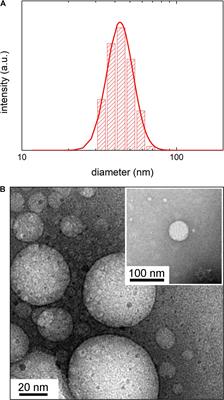REVIEW
Published on 04 Mar 2021
Outer Membrane Vesicles of Gram-Negative Bacteria: An Outlook on Biogenesis
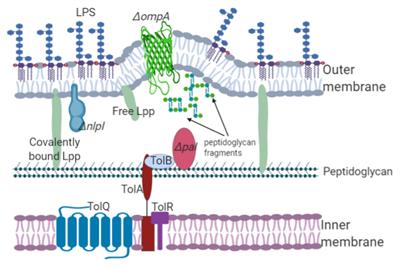
doi 10.3389/fmicb.2021.557902
- 18,518 views
- 135 citations
45k
Total downloads
188k
Total views and downloads
REVIEW
Published on 04 Mar 2021

ORIGINAL RESEARCH
Published on 12 Feb 2021
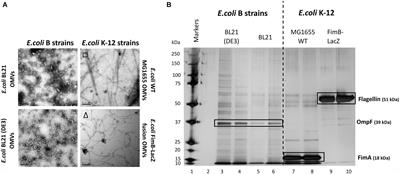
ORIGINAL RESEARCH
Published on 19 Oct 2020
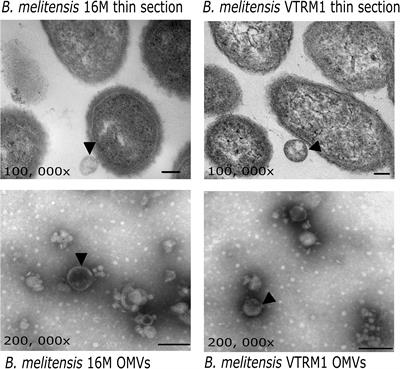
ORIGINAL RESEARCH
Published on 26 Jun 2020
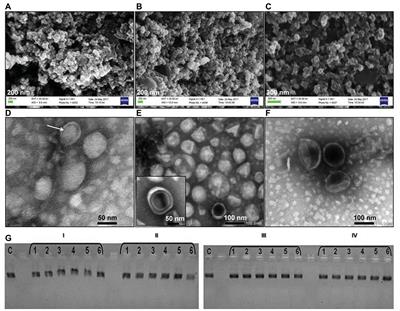
MINI REVIEW
Published on 24 Jun 2020
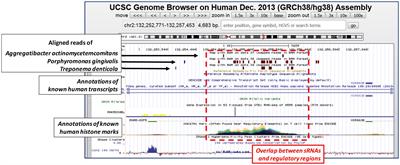
ORIGINAL RESEARCH
Published on 09 Jun 2020
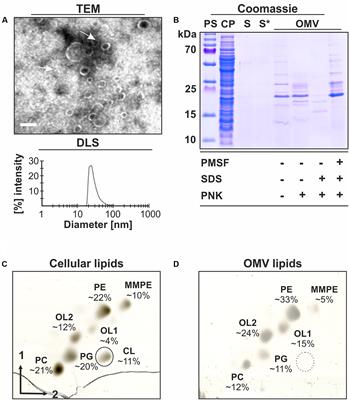
ORIGINAL RESEARCH
Published on 12 May 2020
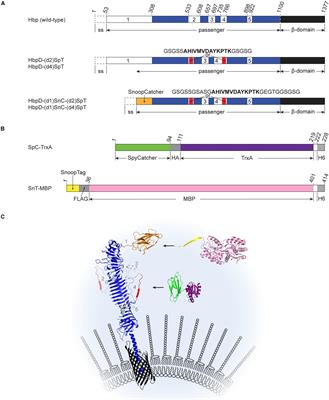
ORIGINAL RESEARCH
Published on 30 Apr 2020
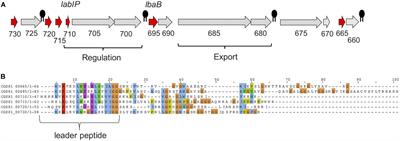
ORIGINAL RESEARCH
Published on 17 Apr 2020
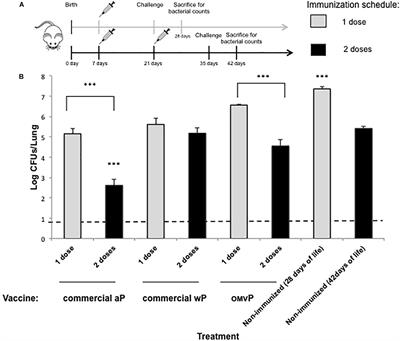
MINI REVIEW
Published on 09 Apr 2020
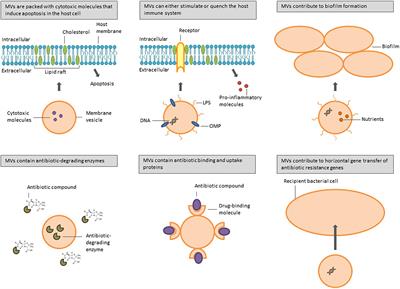
REVIEW
Published on 24 Mar 2020

ORIGINAL RESEARCH
Published on 27 Feb 2020
